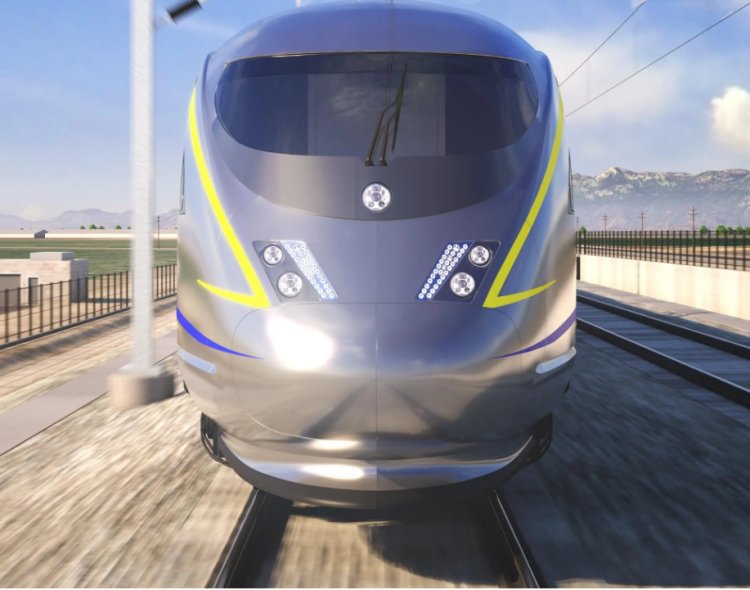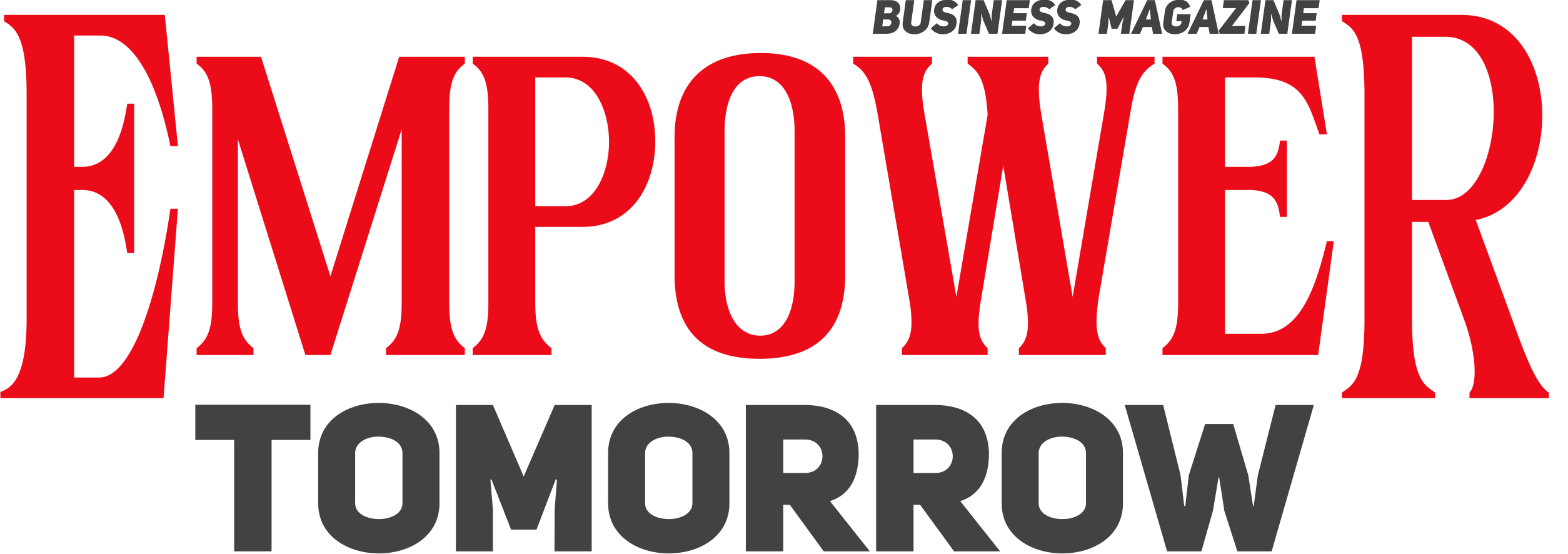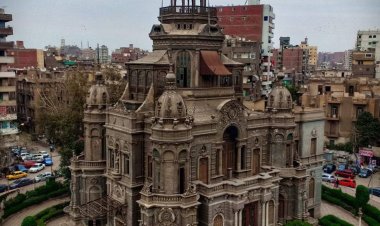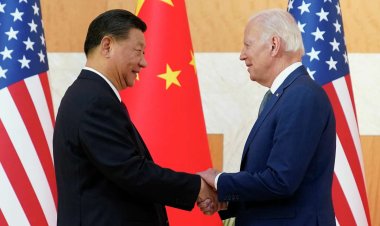$200m .. Costing of California’s Electric Bullet Train
The California High-Speed Rail Authority is preparing to begin discussions with potential suppliers for the $200 million utility scale system it will own and operate.

Elon Musk unveiled his futuristic "hyperloop" concept in 2013 with swipes at a high-speed rail project in California.
A decade later, his sci-fi tube train remains sci-fi as construction continues on the cash-strapped Golden State Railroad, with at least one feature the mercurial billionaire must love: It'll be solar-powered.
$200 million
The California High-Speed Rail Authority is preparing to begin discussions with potential suppliers for the $200 million utility scale system it will own and operate.
It will include 552 acres of solar panels to generate 44 megawatts of electricity - enough for a city of 33,000 people - and batteries to store 62 megawatt-hours of energy.
The system must be powerful enough to deliver powerful electrical blasts to propel trains at speeds of up to 220 miles up the 171-mile section of the railroad valley, withstand extreme heat and keep commuters moving along — even if there are power outages at local utilities.

Work begins in 2026
Work could begin as early as 2026 to ensure it is ready to run trains by 2030, the target opening date for the railway's initial segment, Margaret Sideroth, the authority's director of planning and sustainability, told Forbes. (The timing of the San Francisco-LA connections not being fixed due to funding challenges.)
“California is a great place for renewable energy. It has the best solar intensity in the US,” she said. “We already have in our right-of-way portfolio some well-configured packages that allow us to generate renewable energy at the scale necessary to supply the amount of electricity we need to fully offset our load.”

Carbon emissions
The nation's most ambitious and expensive infrastructure project, with an estimated cost of more than $100 billion to eventually connect Los Angeles and San Francisco to a 422-mile system, was initially conceived as an environmentally friendly alternative to highway expansion or airport capacity, both of which are significant sources of carbon emissions.
$2.8 billion
Construction of the initial sector is progressing slowly, though the authority is seeking $2.8 billion in additional funds from the bipartisan Infrastructure Act of 2021 to help complete it.
The source of an additional $70 billion or so to complete the San Francisco-Los Angeles Bay Area has not been determined yet. The cost of the renewable energy system is already included in the authority's budget for the Central Valley sector.
Brightline West, the proposed high-speed rail line linking Las Vegas to suburban Los Angeles by private billionaire Wes Edens, also plans to rely on carbon-neutral electricity.
Unlike California's plan, it would buy power from operators of large desert solar fields.


 Shrouq
Shrouq 












